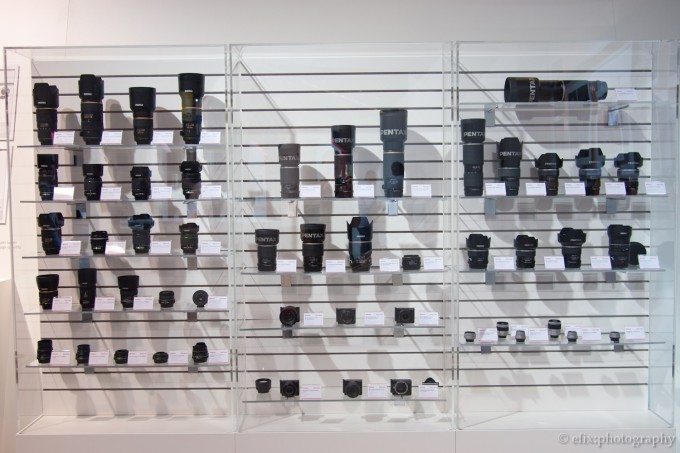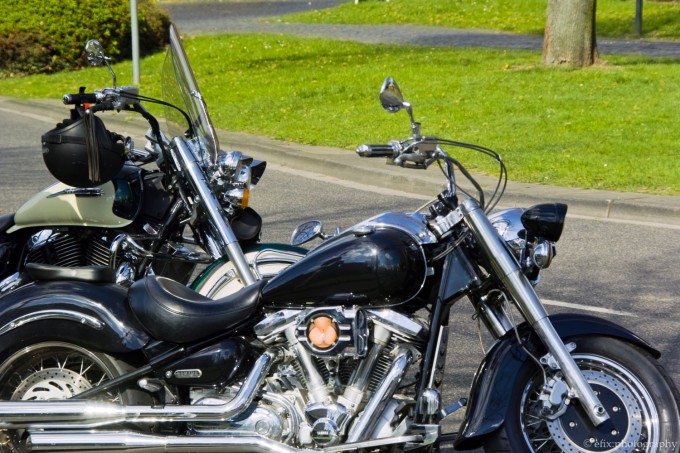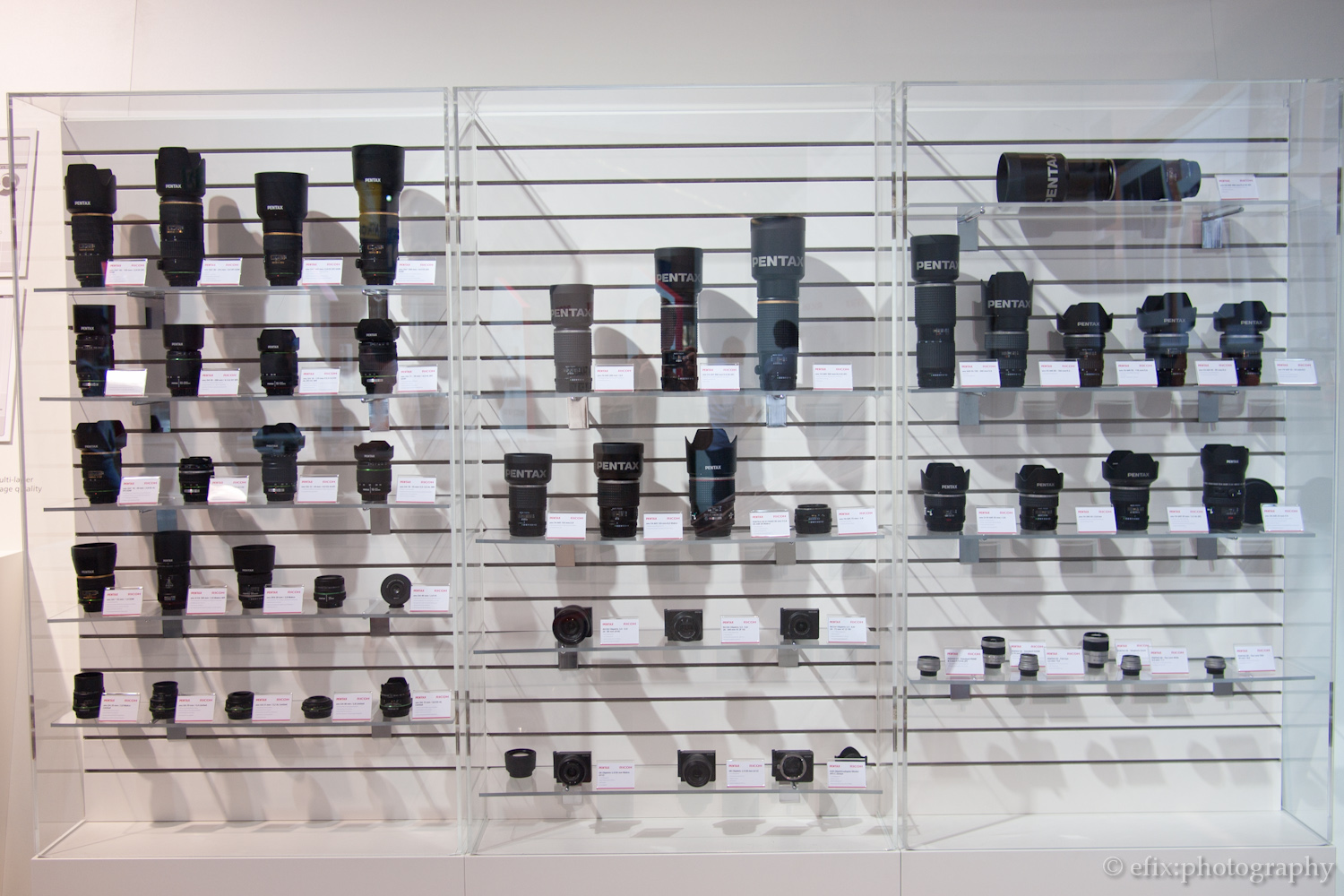
Every now and again in the life of a photographer — be they an amateur or a professional — comes a creative low point. They eye refuses to see new pictures, and the brain refuses to come up with new ideas. There are a many different ways how to cope with this. One would be to read through our entire Useful Photography Tip section. That may take you a while, though. If you want a remedy that helps immediately, here’s what I usually do when I find myself out of inspiration: I will simply use a different lens. How does this change anything? Read on to find out!
If you’re the least bit like me, then you probably have your favorite lens(es) that you’re using most of the time — one if you only have one camera system, multiple if you have multiple. This may be your best-performing lens, or just the one that speaks to your heart the most. In any case this means that your brain and your eyes are used to see in a certain way. If you prefer prime lenses, then you will probably see in the focal length of your preferred lens, and if you prefer zoom lenses, you will be used to the compositional freedom that a lens with variable focal length offers. So here’s my first tip:
If you’re a prime lens shooter, try a zoom lens for a change. If you’re a zoom lens shooter, try a prime lens for a change.
By using a lens that is antithetical to what you usually use, you’re forced to rethink the way you see, compose or plan for pictures. When switching from a prime lens to a zoom lens, you may at first be uncertain what do to with that wide focal length range. However, playing a little with it will help you find new ideas by framing your pictures in ways you wouldn’t have thought about when using your favorite prime lens. When you’re coming from a zoom lens and switching to a prime lens, you will at first feel restricted. But again, play with it for a little while, and you will soon realize that you start to think differently, to frame your pictures differently and to look for different subjects.

If you don’t have a zoom lens or a prime lens at hand, but have multiple lenses for your camera system, here’s my second tip:
Instead of using the same lens you’re using every day, today pick the one that you’ve been using the least.
If you have a number of different lenses for your system, there are probably those that you use more frequently and those that you use less frequently. Which do you think you’re using the least of all your lenses? When you feel out of inspiration, go the least expected route and take your least used lens out for a spin. Why? Well, again, because this forces you out of your usual way of thinking, seeing and composing. Also, try to think of the reasons why exactly you’re using this lens so rarely. Is it too wide or too long for your taste? Does it not deliver in the image quality department? Too much flare? Too low contrast? If you found out what it is that keeps you from using this lens more often, concentrate on that particular thing and try to work with it deliberately. If your lens has low contrast, use it in high contrast situations. If it flares, shoot it against the light. If it’s too wide or too long, try to see the world from a different angle.

If you don’t have any extra lenses for your particular camera system, there’s something else you can do. This is my third tip:
If you own multiple camera systems or have lenses for various systems, try using them cross-system.
Me, personally, I’m using the Micro Four Thirds system, the Leica M system and the Pentax K system. So, what do you think I do when I’m bored? Exactly. I mount my M- and K-mount glass on my MFT cameras. With their shot flange-back distance, you can mount lenses from most other systems on these cameras. Heck, you can even use C-mount cinema and surveillance lenses. (The same holds true for the Sony NEX, Samsung NX, Fujifilm X, Pentax Q, Nikon 1 and Canon EOS M systems.) Depending on what systems you’re using and which lenses you mount to which camera, this may mean that you will have to focus manually, and that the sensor of your camera will record only a crop of the image the lens projects. Again, this will make you think and see differently — different from what you’re used to with the particular camera body you chose, and different from what you’re used to with the particular lens you chose.

Whichever of these three scenarios speaks to you the most, each one will force you to try something out of the ordinary. And doing things out of the ordinary forces your brain to rethink. And that’s always good. Because suddenly, you will realise that by doing something you don’t usually do, not only will you find new inspiration in that, you will also find new inspiration when you revert back to your usual gear. Because you took a break from it and gave your brain some time to re-wire itself.
Please Support The Phoblographer
We love to bring you guys the latest and greatest news and gear related stuff. However, we can’t keep doing that unless we have your continued support. If you would like to purchase any of the items mentioned, please do so by clicking our links first and then purchasing the items as we then get a small portion of the sale to help run the website.


